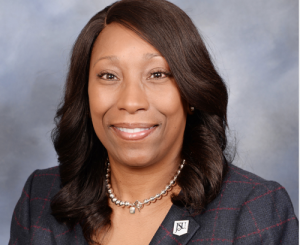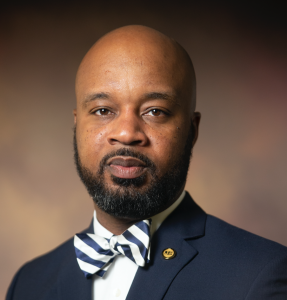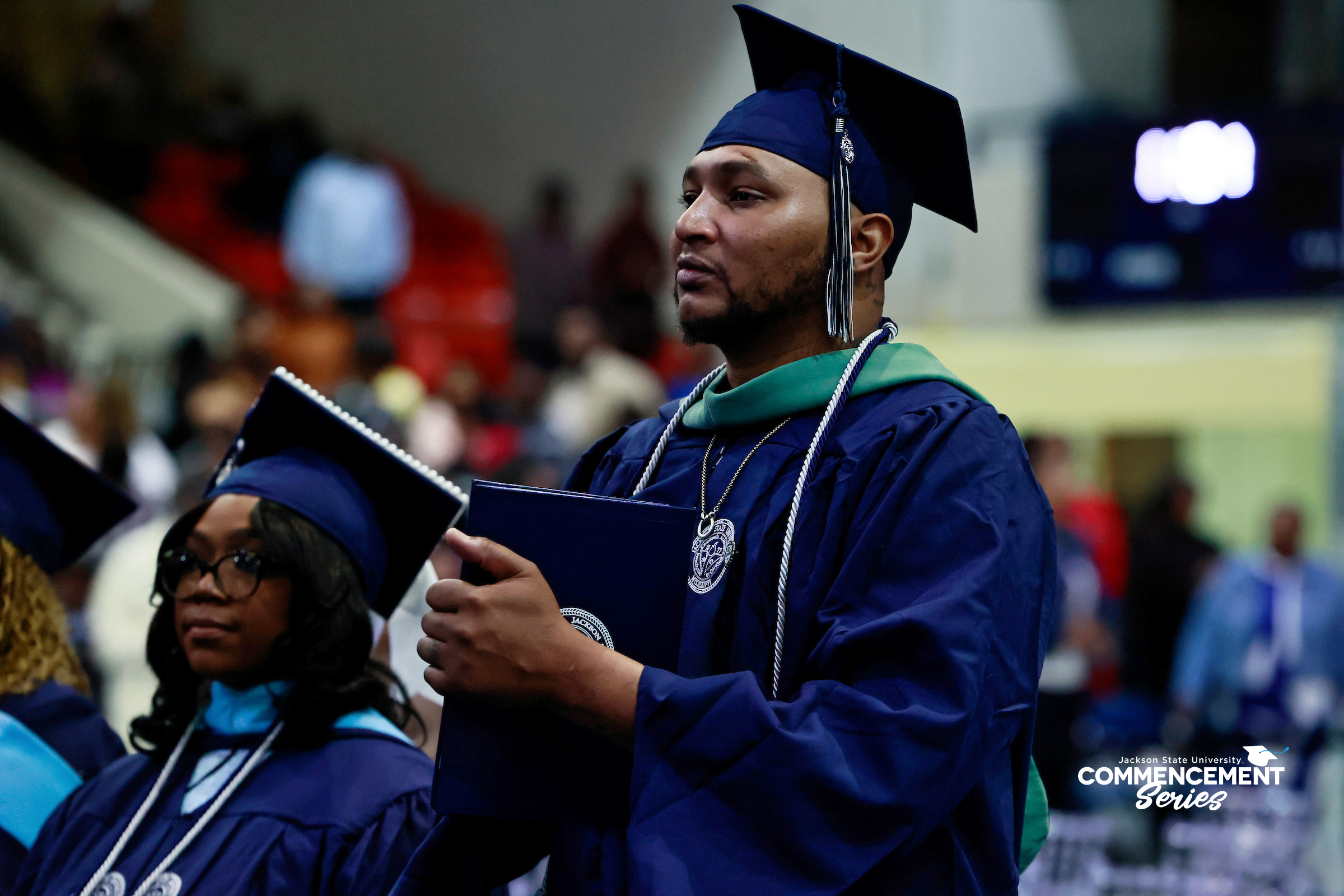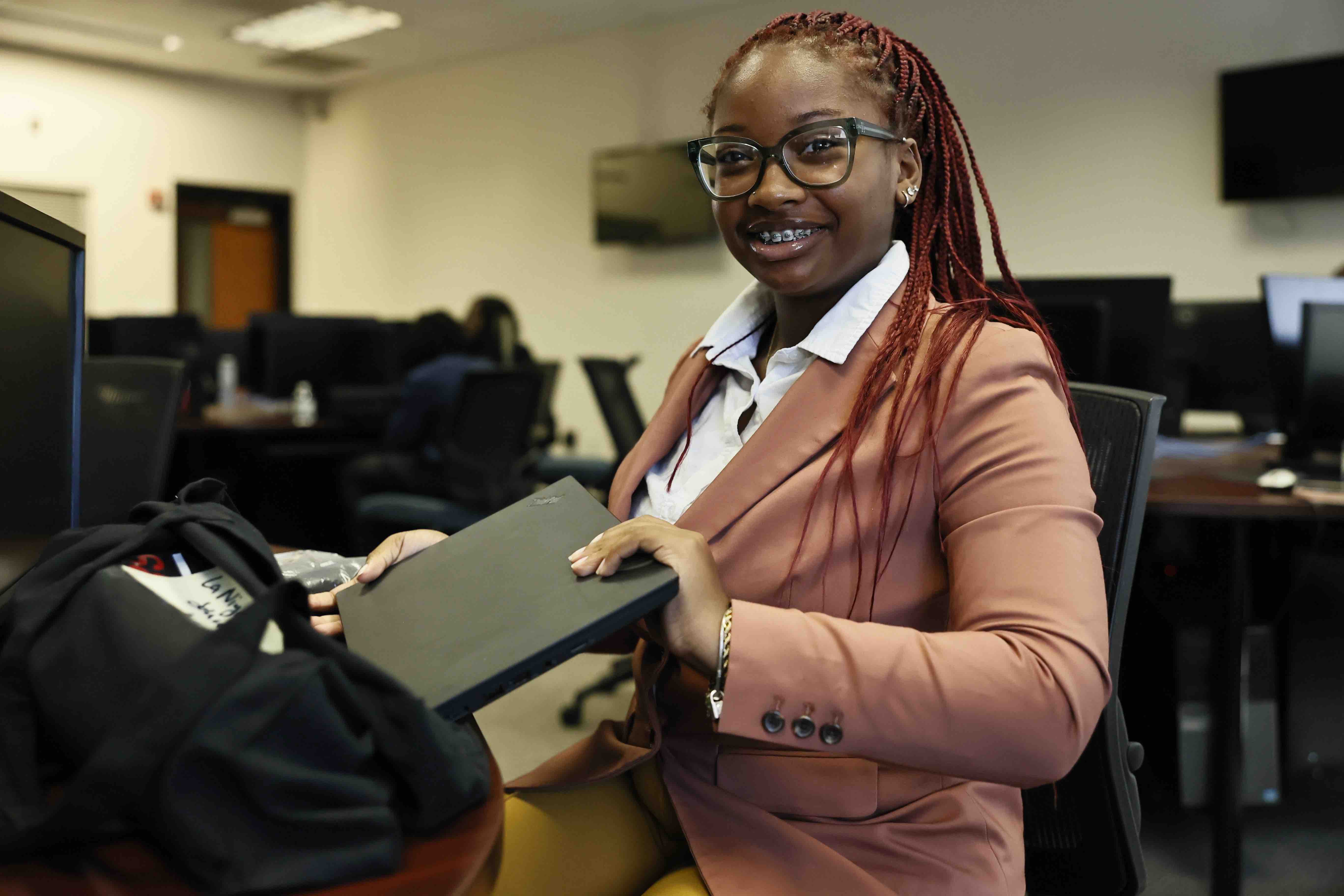![]()
[hr]
[hr] With collegiate graduation rates continuously dropping across the nation, administrators at Jackson State are taking the initiative to ensure students walk across the stage in four years or less. In doing so, Dr. William B. Bynum Jr., president of JSU, recently appointed Dr. Debra Mays-Jackson as vice president for the Division of Student Success.
With collegiate graduation rates continuously dropping across the nation, administrators at Jackson State are taking the initiative to ensure students walk across the stage in four years or less. In doing so, Dr. William B. Bynum Jr., president of JSU, recently appointed Dr. Debra Mays-Jackson as vice president for the Division of Student Success.
“During our process of looking at student success, we are modeling some of our strategies from Georgia State University,” says Mays-Jackson. “They have done a phenomenal job, beginning from where we are now, to becoming a paradigm for student success in higher education.”
Dr. Mitchell Shears was appointed to work along-side Mays-Jackson as the associate vice president for Student Success. Shears will manage and direct the University Academic Advisement Center, educational opportunities and work to bring all TRIO programs back to Jackson State. Speaking with conviction, Mays-Jackson says, “Dr. Shears has a true passion for students, and I feel like he brings a vast wealth of experience that is needed for our students to excel. He understands their challenges and seeks strategies to support them throughout their journey here at JSU.”
Reverting back to the student success program, Mays-Jackson says, “Georgia State has already had a lot of trial and error with their current program, and now they are sharing all of their positives and also their pitfalls with numerous other universities including Jackson State.”[hr]

Due to decreased financial assistance and the rising cost of tuition, collegial retention and graduation rates are declining each year. In spite of these circumstances, Georgia State continues to set a high standard with their student success program, which has increased their graduation rates by 22 points over the last 10 years, by graduating 1,700 more students per year, than five years prior.
“Our focus is to increase our graduation rate within four years,” says Shears. “I understand that we have a lot of work to do, but I believe with my passion for helping students, we will successfully navigate them across that stage within that four-year time frame.”
“Our hope is that everyone we bring to JSU will remain here, stay on track and graduate in four years or less,” says Mays-Jackson. “That’s our main goal.”
Similar to the student success model at Georgia State, Jackson State will rely on processes that will guide students and hold them accountable for staying on track academically. The area will soon implement degree maps that will be available through a centralized website to keep students on an educational track.
[hr]

“We are working to ensure that our students are in the appropriate classes, that will count towards them earning a degree,” says Shears. “We want all of our students to be knowledgeable of what courses they have to take as a freshman so that they will have a clear path to graduation during their tenure at the university.”
Shears is also looking forward to capturing the data from the degree maps to determine if the results, will keep the university on track and increase retention and graduation rates.
“I love data because it drives what we do here in higher education,” says Shears. “I am really looking forward to tracking all of the data related to our four and six-year graduation percentages, and I am especially interested in our retention rates. I’m optimistic that the numbers will increase across the board, and we will meet our graduation goals.”
Shears reiterates that the goal for the Division of Student Success is to increase JSU’s declining retention and graduation rates, but he also specifies that this cannot be achieved without collaborative efforts with the institution’s faculty and staff.
“Instruction is the key to students graduating on every level,” says Shears. “We want our faculty to know that they are very vital to our success, and we (the staff) cannot do any of these initiatives without their assistance.”
Mays-Jackson and Shears are both working diligently to ensure that Jackson State will overcome the declining graduation issue that is plaguing higher-education institutions today.






